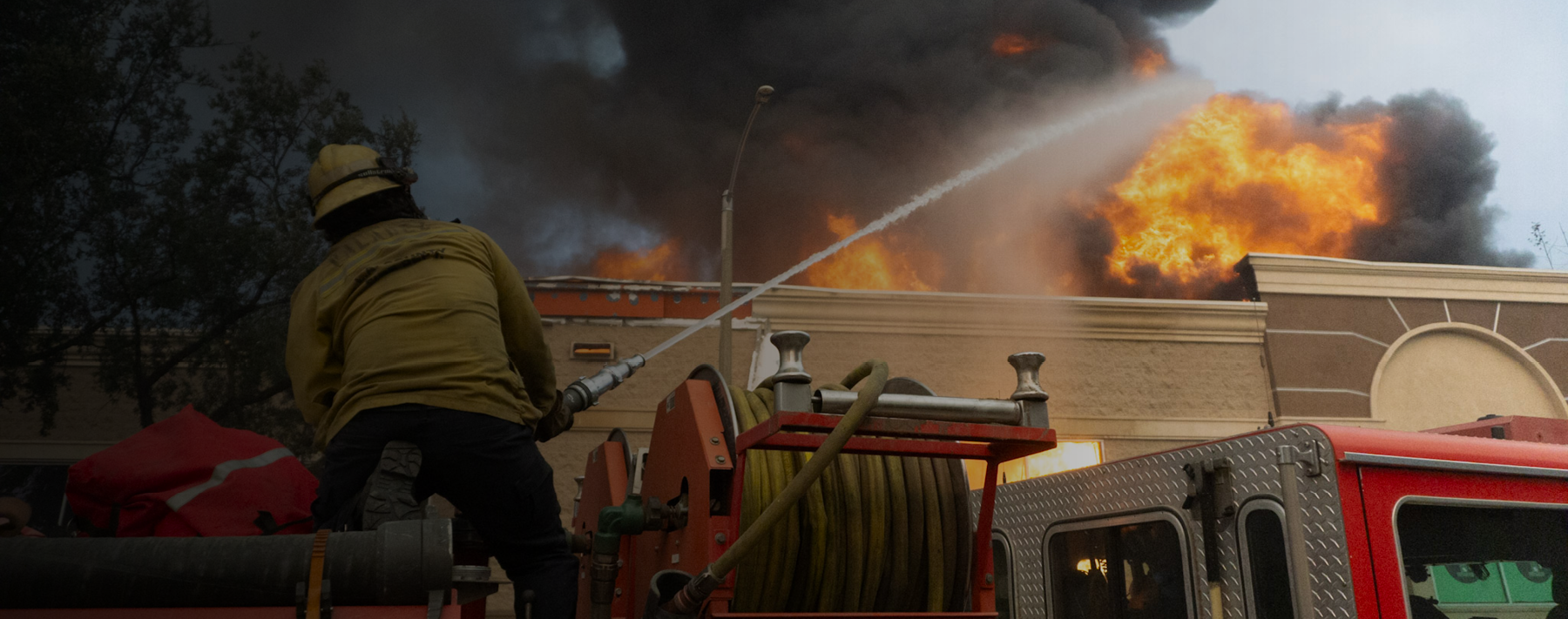At some point in a fire service career, it’s easy to feel insignificant, reduced to the number on our badge. Administration doesn’t care about how I feel; they’re not in the field and they don’t see the things I do. While some firefighters have good reason to feel this way, it’s a dangerous sentiment. All too quickly, it leads to disengagement. I’ll just keep my head down and do my time. Better to look the other way and not rock the boat.
We can combat these feelings and thought patterns by embracing the concept of taking ownership in the fire service. We start by acknowledging that we all need to take ownership. Each of us can make a difference; we can have impact. Our ideas have value. While these seem like obvious statements, they must be acknowledged. If we don’t embrace our self-worth, there’s no reason to take ownership in anything.
Taking ownership is about caring in the direction of the organization—whether it’s successful, whether everyone is safe. We need to care about what goes on. But how do we encourage taking ownership in the fire service—especially when cultural factors in the department may discourage it?
What Are You Passionate About?
Taking ownership has a couple different tiers. Personal ownership relates to whether you’re doing your job well. Have you mastered your current rank and position? Are you on time, always ready, gear always checked, first one off the apparatus? Personal ownership includes acknowledging when you do something wrong or say something that offends and taking steps to prevent that behavior from recurring. Positive discipline is a part of this process: If I don’t admit my behavior was wrong, I’m not going to take ownership to prevent it from happening again.
Taking ownership is an individual charge, but if we don’t collaborate with others, it will have limited success.
For many people, the concept of taking ownership in the fire service ends with this first tier. But there is a much more exciting level of ownership—and it involves tapping into what you’re passionate about. It’s easier to bring about change if you’re passionate about the subject. For example, let’s say you get really fired up about tactics. You feel strongly about how the primary search should go down. Taking ownership in this instance can mean staying up to date on what fire service experts are writing and presenting on this topic. You might design a drill and offer to lead training so others can learn from your knowledge. By taking ownership, you can bring about change, influencing your entire crew (not just yourself) to become more adept at primary searches.
Or let’s say you’re like me, and you’re passionate about fire service instruction. Taking ownership goes beyond competently teaching a class. Instead, your focus evolves to developing and mentoring new instructors. Which instructors do you emulate? How can you become someone who other instructors will want to emulate? Think about those instructional masters—Gordon Graham, Alan Brunacini, Vincent Dunn. How did they inspire you to become an instructor?
Whether you’re encouraging your entire crew to become better at the primary search or mentoring a future instructor, you’re moving from merely taking responsibility to taking ownership for making the organization better.
What’s the Right Way to Take Ownership in the Fire Service?
In many departments, there are some people who are just there to hold a seat. Often, it’s not that these firefighters don’t want to take ownership; it’s that they don’t know how. They’ve never been empowered to see that if they apply some energy, their organization and their fellow firefighters will support them.
The right way of taking ownership is, first, to master your own job. You need to be a highly functioning contributor overall before you start agitating for change.
Whether you’re encouraging your entire crew to become better at the primary search or mentoring a future instructor, you’re moving from merely taking responsibility to taking ownership for making the organization better.
Second, you need to be prepared to collaborate. Taking ownership is an individual charge, but if we don’t collaborate with others, it will have limited success. You must be able to bring people in, educate them on your passion, and then show them where you want to go. Then you’re going to have a better chance of moving forward.
Within fire service culture, there is a formal and an informal way of taking ownership. The formal method involves drafting an idea or project and submitting it to leadership, where it will be reviewed and vetted. If approved, the idea moves forward, and you take the lead. This is traditional change management. It can be slow, but it’s often most effective because it applies a methodical, consistent and hopefully fair analysis to new ideas.
The informal method of taking ownership is associated with rogue individuals who take it upon themselves to do something different even though they haven’t secured the organization’s buy-in. Often, rogue initiatives develop because individuals are unhappy with traditional change management in the department. They, too, are taking ownership in bringing change, and a positive outcome is possible. But rogue initiatives often fail to move the organization forward collectively. They can be distracting or derail other initiatives.
When pushing for change, it’s important to consider what’s motivating you. Frustration has produced some great ideas, but for long-term effective change, you’ll need leadership buy-in. Being willing to collaborate, build followers and work within traditional channels can transform you from agitator to leader.
Look Inward
If you’re feeling like “just a number” without a voice, it’s time for some introspection. Are you contributing at a very high level? Is there more you can do to master your role? Are you taking responsibility when things go wrong?
If yes, it’s time to move on to a much deeper question: What more can I contribute to make things better—for my crew, my department and ultimately the entire fire service? That is the essence of taking ownership in the fire service.



